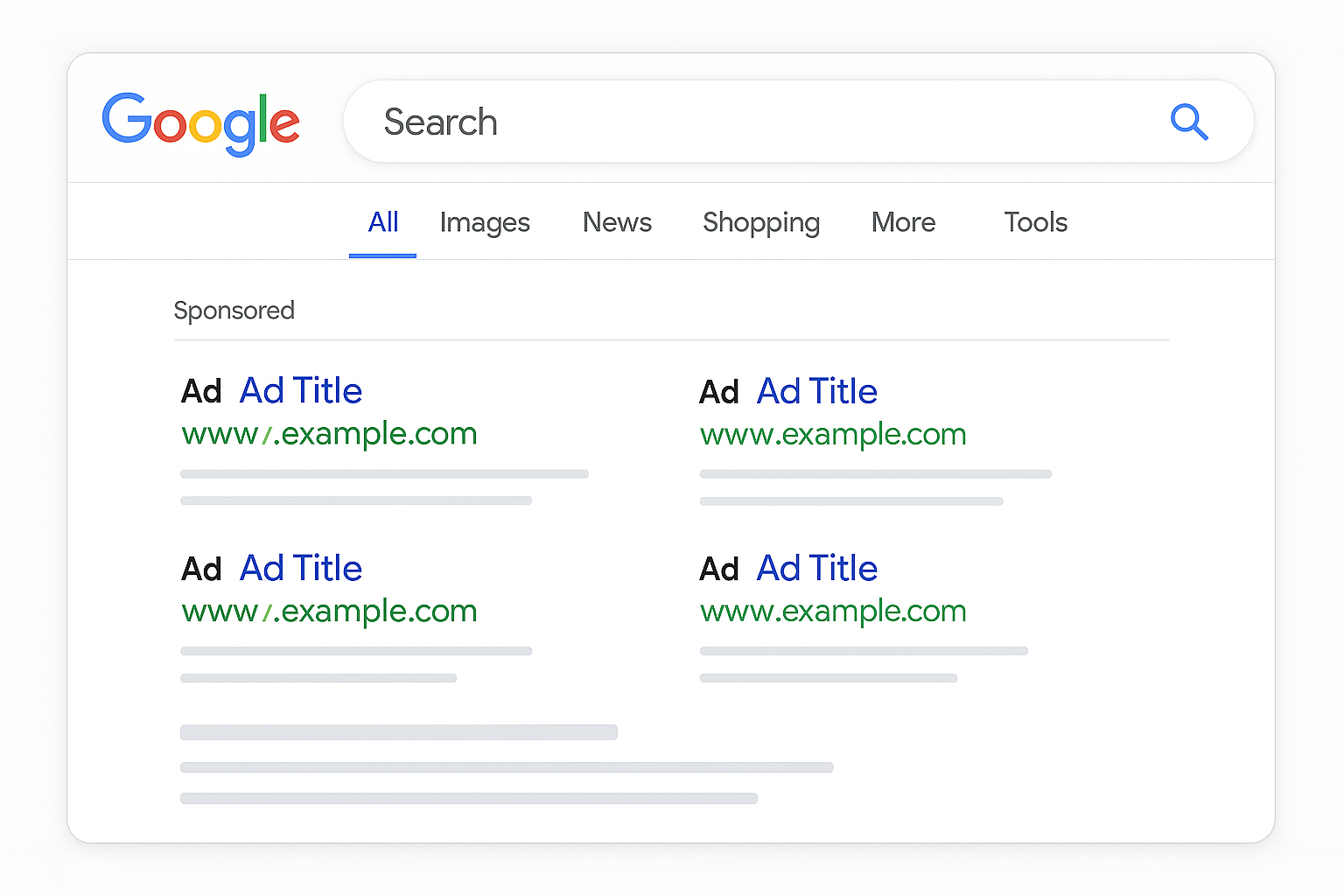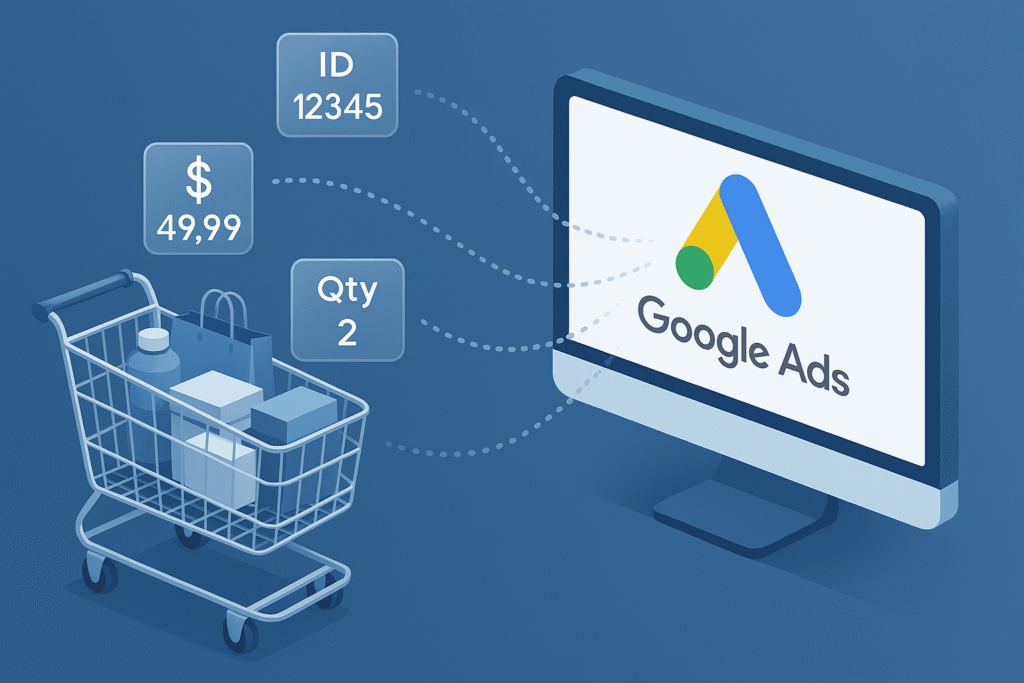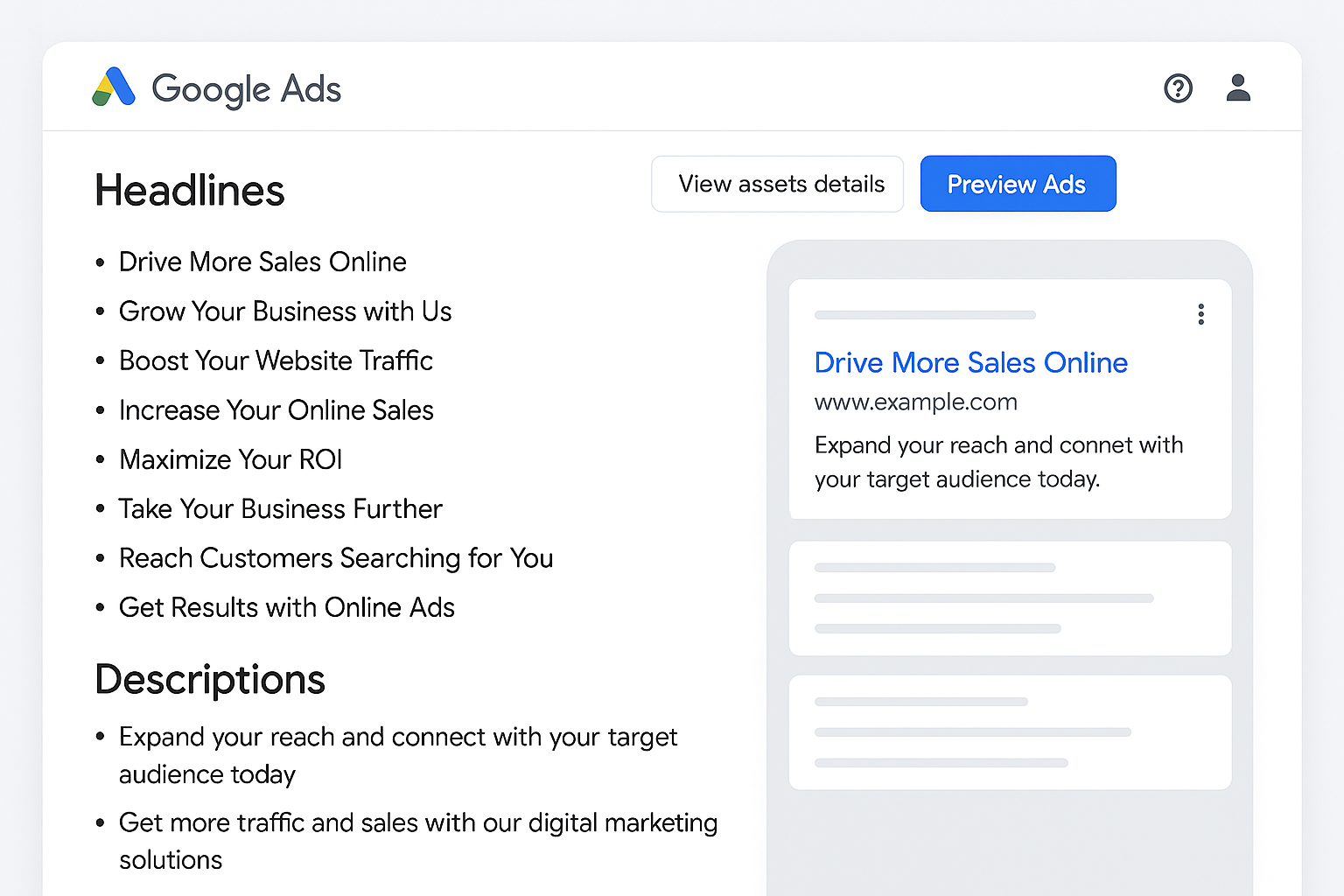Google is at it again with another design experiment. This time, it is giving its search ads a subtle but noticeable change. On August 13, 2025, sharp-eyed users spotted a Google search ads update that adds a horizontal line above the sponsored search results. While it may seem like a small tweak, such visual changes can have a big effect on how users interact with ads.
The test also includes variations in how the “Sponsored” label appears, aiming to make it clearer to users when a listing is an ad. The update is being quietly tested, and not everyone will see it yet. However, early observations give us an idea of what Google might be planning for its ad layout. Drive sales with vehicle ads now open to all advertisers and tap into the growing automotive market.
Two Versions Spotted in the Test
According to reports, the Google search ads update currently comes in two slightly different designs:

1. Simple “Sponsored” Label: In this version, a clean and simple “Sponsored” label is placed right above the ad listings. It’s minimalistic and in line with Google’s ongoing trend of keeping search results tidy. The horizontal line acts as a visual divider, separating ads from organic results in a more obvious way.
2. “Sponsored by + Business Name”: The second variation includes the “Sponsored” label followed by the advertiser’s business name. For example, if a travel agency is running the ad, it could read: “Sponsored by ABC Travels.” This means the advertiser’s name would appear twice, once in the label and once in the ad title, giving their brand extra visibility.
Both variations aim to be more transparent about which results are paid for, but the second format goes a step further in highlighting the advertiser directly.
Why Google Might Be Making This Change
Google is constantly fine-tuning the way ads appear in its search results. Every design choice is tested to see how it impacts clicks, user trust, and advertiser satisfaction. The Google search ads update seems to be driven by two main goals:
1. Improved Clarity for Users: The horizontal line visually separates paid listings from organic ones, which could make it easier for users to spot ads at a glance. In recent years, the difference between ads and organic results has become more subtle, and some critics argue that it’s too easy to mistake one for the other.
2. More Brand Recognition for Advertisers: The “Sponsored by” format directly names the advertiser, which could help boost brand awareness. For well-known companies, this can be a positive way to reinforce their identity. For smaller businesses, it could be a valuable opportunity to introduce themselves before a user even reads the rest of the ad.
What This Means for Advertisers
If this change becomes permanent, advertisers might need to adjust their strategies. The “Sponsored by” label could influence click behavior in different ways depending on brand reputation.
For example, a trusted brand name in the label might encourage more clicks, as users feel confident in the source. On the other hand, lesser-known brands might find that users become more cautious before clicking, especially if they don’t recognize the name. Uncover new ad capabilities with Google recent enhancements to Performance Max and optimize your ROI.
Advertisers running Performance Max, Search, and other Google Ads campaigns will need to monitor performance metrics closely if this Google search ads update rolls out widely.
How This Compares to Past Changes
This isn’t the first time Google has experimented with ad labels. Over the years, the company has moved from bold “Ads” tags to subtler text labels. The introduction of favicons in organic search results in 2020 was also intended to make sources clearer, though it received mixed reviews.
The horizontal line feels like a throwback to older Google designs when ads were more clearly separated. However, pairing that with the “Sponsored by” label is a fresh approach that puts the advertiser’s name front and center.
Early User Reactions
So far, user reactions have been limited, as the test isn’t live for everyone. Some early comments suggest the horizontal line makes the results page look cleaner and easier to scan. Others note that having the advertiser’s name in the label is redundant and might clutter the design.
It’s worth noting that Google runs countless A/B tests every year, and not all of them make it to a full rollout. This means the Google search ads update could still change before it becomes a permanent fixture, or it might disappear entirely if testing shows it doesn’t improve results.
Potential Impact on Organic Search
One interesting side effect of clearer ad labeling is that it might drive more traffic to organic listings. If users can instantly recognize which results are ads, they may be more likely to scroll down to find unpaid results. This could shift the balance between paid and organic click-through rates.
However, the opposite could also happen. If the “Sponsored by” format builds more trust in ads from recognized brands, it might lead to higher ad click rates, especially for big-name companies. Reach the right audience faster using maps-only targeting for hyper-local ad campaigns.
What to Watch For Next
As with any test, it’s important to watch for signs that Google is preparing for a full rollout. Advertisers and marketers should keep an eye on official Google announcements, as well as industry reports, to see if the new design expands to more users.
For now, it’s a waiting game to see whether the horizontal line and “Sponsored by” label are just a short-term experiment or the start of a more transparent era for search ads.
Final Thoughts
Google’s search results page is one of the most viewed digital spaces in the world, so even a small visual tweak can have major effects. The Google search ads update with its horizontal line and “Sponsored by” label might seem like a minor detail, but it reflects the company’s ongoing effort to balance advertiser visibility with user trust.
If the change improves clarity without hurting ad performance, it could become a permanent part of the search experience. But until then, advertisers, SEO professionals, and everyday users will be watching closely to see where Google goes next. Engage your audience creatively by running successful hashtag campaigns that boost brand visibility.





